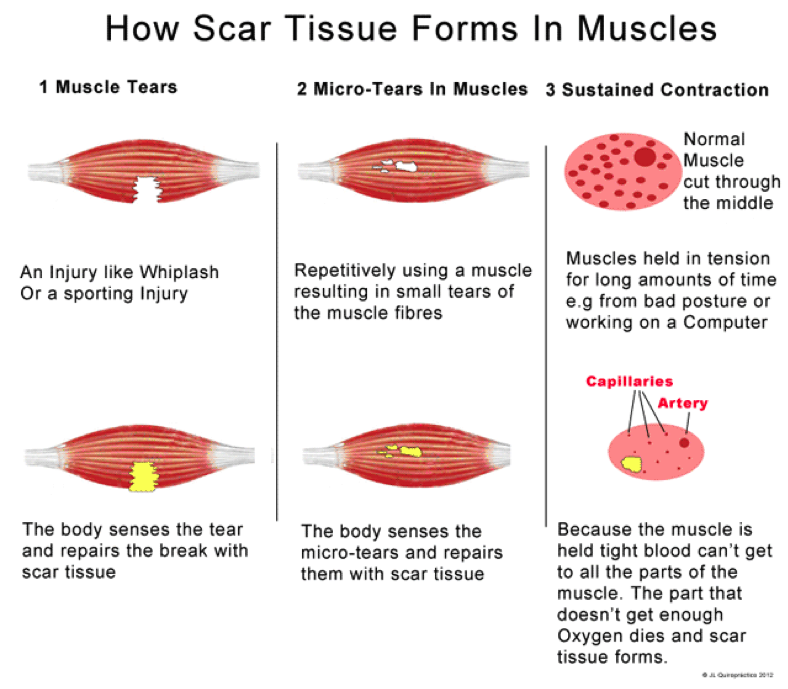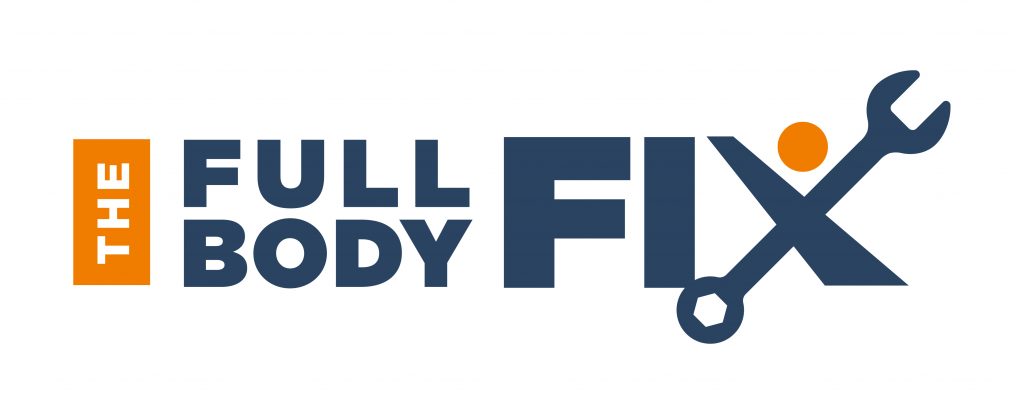
Guest Post – Dr. Scott A. Mills DC
One thing I have not done much of on this website is to discuss pain, muscle issues, and other structural problems that could indeed be a stressor to your health expression as much as Twinkies and self-esteem deficiencies. I have asked a friend and colleague, Dr. Scott A. Mills, to add some insight into the soft tissue arena.

Dr. Scott A. Mills DC, San Francisco Chiropractor, creator of The Full Body Fix.
Dr. Scott A. Mills is a chiropractor with a passion for empowering others with the knowledge and tools needed to eliminate pain and improve the way they move. He is currently located in San Francisco with his wife, Diane Sanfilippo (Balanced Bites and Practical Paleo). In addition to his Doctor of Chiropractic degree, he holds a Master’s degree in Exercise Science and worked as a collegiate Certified Athletic Trainer for 6 years prior to his chiropractic career.
His latest project The Full Body Fix is a series of corrective exercise video protocols designed to address the most common aches & pains he’s seen in over 15 years of helping athletes and everyday people back to health.
From Dr. Scott.
As a chiropractor, one of the most overlooked and under-diagnosed problems I see on a daily basis is the presence of soft tissue adhesions. These scar tissue like formations can occur as the result of repetitive stress injury, acute soft tissue damage or chronic poor posture. Once they embed in and adhere to normal soft tissue, they can be very difficult to resolve, causing a host of aches, pain and even unseen problems.
Let’s take a deeper look to find out more about this pervasive problem.
What is an Adhesion?
Soft tissue adhesions are the body’s natural response to soft tissue stress. When an area is damaged or irritated, the body reflexively lays down this structure of disorganized tissue to “patch” and support the area. Think of it as mesh and rubber cement, patching a weak part of a garden hose or rubber tube. This adhesion does the job of making sure the part doesn’t completely rupture or fail. But without assistance, the patch will not remodel into normal, flexible tissue.
 What Causes an Adhesion?
What Causes an Adhesion?
As noted, soft tissue adhesions can occur in an area of repetitive stress or strain, acute injury or chronic blood flow restriction.
Let’s take a look at examples of each:
Repetitive Stress Injury – A common example is a runner who is logging lots of miles every week, but has a biomechanical fault in their stride. One way this manifests is that their gluteus medius (hip muscle) isn’t firing properly and so a lot force is being translated to another area of the body in order to stabilize the knee. On the outside of the knee resides the Ilio-Tibial Band (or IT-Band). Enough mileage and the IT-Band can become inflamed as the body lays down adhesions to protect it from rupture.
Acute Injury – after straining a muscle, for example tearing a hamstring while sprinting, the body will reflexively lay down adhesions in the area to help it heal.
Chronic Blood Flow Restriction – Most commonly this is caused by poor posture. One of the most common complaints in practice is what I’ve dubbed “Desk Worker Syndrome.” A highlight of this is pain at the base of the neck toward the trapezius and levator scapulae muscles. With enough sitting and straining looking at a computer screen or down at a mobile phone 8 hours a day for life, and the blood flow to these areas of the body is reduced. With a reduction in blood flow comes the development of inflexible scar tissue and adhesions.
What is the Result of Unresolved Adhesions?
Left unresolved, a soft tissue adhesion can result in the following:
- Chronic Muscular Tightness
- Movement pattern faults / Biomechanical Dysfunction
- Pain
- Inflammation
What Can Be Done About Adhesions?
Foam rolling has become extremely popular. And in the functional fitness realm, using lacrosse balls and other tools to “release soft tissue” has become something of an obsession. Still others rely on massage or manual therapies to solve soft tissue adhesions. But there is a problem.
In order to address soft tissue adhesions properly, we need to isolate the problem area with a specific contact. We also need to move the soft tissue containing the adhesion from a shortened position to a lengthened position.
This combination of a specific contact plus actively moving the structure through a range of motion from shortened to lengthened positions is the gold standard for soft tissue adhesion removal. Anything else is just increasing blood flow. There’s nothing wrong with that. It can help accelerate healing. But to truly get the body to remodel the area of adhesion, it requires some serious professional attention.
Enter Active Release Technique (ART) as well as Graston and Mysofascial release techniques. These specialties applied by professionals can be extremely effective in breaking up scar tissue and adhesions allowing for full freedom of movement. Not to mention the fact that I haven’t even talked about the ability to find these problem areas. It takes years of practice and intimate knowledge of the human body to detect and correct these adhesions properly.
Where Can I Find Help?
To find a professional in your area who can help with these soft tissue issues, I highly recommend utilizing a chiropractor that can both detect and correct underlying spine and nervous system dysfunction and directly break up scar tissue and adhesions. Check out the ART site for a provider in your area, or check with your local offices and ask if they have experience addressing soft tissue adhesions.
What Else Can Be Done?
Finally, there are techniques such as nerve flossing and active isolated stretching that can be done on your own, at home as a form of maintenance therapy. My Full Body Fix video rehab program is designed to address the most common complaints I’ve seen in over 15 years of patient care. From plantar fasciitis to low back pain and carpal tunnel syndrome, each of the 19 protocols have HD instructional videos with downloadable guides to keep you accountable. Find out more at FullBodyFix.com.



Hi
Thanks for the great article site